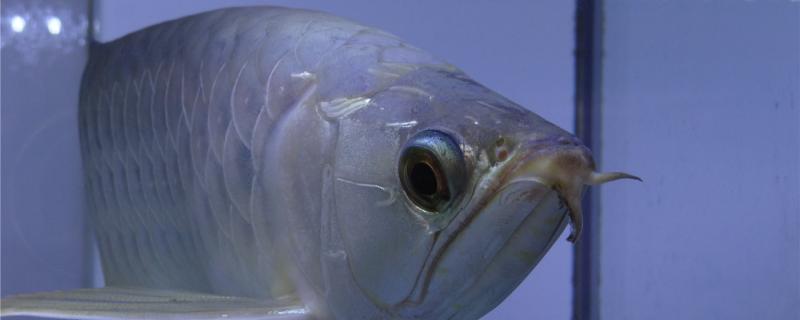 1. How long does Arowana spawn
1. How long does Arowana spawn The development and maturity of Arowana are very long. If it is a female arowana, they usually enter the breeding period in 6-12 years and then start laying eggs. If they are male Arowana, their breeding period is longer than that of female Arowana. They usually enter the breeding period in 5-16 years. At this time, they can fertilize eggs and hold fertilized eggs in their mouths to raise their offspring. Most of them can lay eggs three times a year. If they live in a reasonable environment, it is ok to produce eggs four times a year.
2. How long does the eggs of Arowana hatchThe fertilized eggs of Arowana usually hatch in 50-70 days. After fertilization, the eggs will stay in the mouth of male fish for 40-60 days, and then hatch from the original fertilized eggs into small fish with yolk sac. After living in yolk sac for about 8 days, they will hatch into young fish.
Before breeding Arowana, it is necessary to select suitable parent fish, put them in a new feeding tank, adjust the ambient temperature to about 30 ℃, and adjust the PH to 6.5-7.5. Suitable living environment is helpful for them to fertilize.
During the hatching period of Arowana, it is necessary to provide them with a quiet place. If the surrounding environment is too noisy, males may swallow fertilized eggs in their mouths, which will affect the survival rate of their offspring. After successful hatching, the young fish must be separated from the parent fish, otherwise the parent fish may eat the young fish.